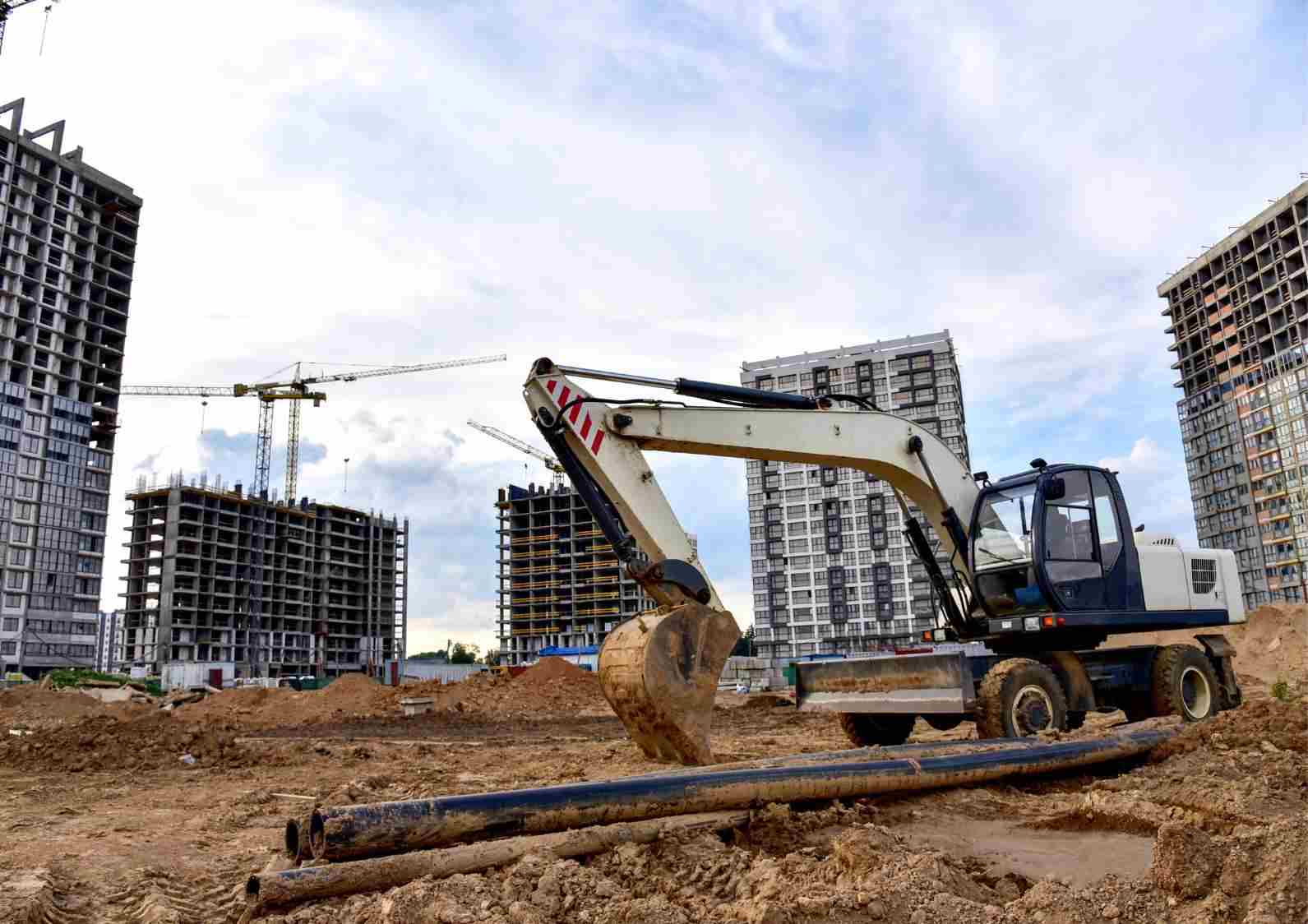
Online OSHA 30 Training in Connecticut for Workers and Supervisors
OSHA 30 training has become an important qualification for workers and supervisors across Connecticut...


Excavation and trenching are some of the most dangerous tasks in construction work. The moment the ground is disturbed, a lot of risks come into play and a lack of awareness can lead to serious accidents or even fatalities. Safety concerns mainly arise from unexpected cave-ins, which are often sudden and can be deadly, making it important to understand and implement safety measures effectively.
OSHA defines an excavation as any human-made cut, cavity, trench, or depression in the earth’s surface formed by earth removal. This definition includes all kinds of excavation from cellars to highways. Each year, about 1,000 workers are injured from excavation cave-ins. The rate of deaths in excavation is 112% higher than the rate of general construction.
On the other hand, trenching is a type of excavation in which the depth exceeds the width. Trenches are typically narrow and used for installing utilities like water, gas, or electricity lines, or accessing existing ones for maintenance and repair. Trenches often collapse rapidly, allowing no time for response. Approximately, 37% of all trenching incidents occur at depths of less than 5 feet. Therefore, it is important to prioritize safety when performing these tasks.
Before discussing safety measures for excavation and trenching, it’s necessary to understand the risks associated with these operations. Some of the potential hazards include:
The Occupational Safety and Health Administration (OSHA) acknowledges these risks and has strict regulations to minimize accidents
The sudden collapse of trench walls during excavation is highly concerning because of its potential for devastating outcomes. Implementing preventive measures is paramount to prioritize the safety of workers and maintain the smooth progress of the project. Following are some of the prevention techniques.
Aside from cave-ins, employers must take the following precautions to protect workers from falls and falling objects.
Working in an excavation or trench can sometimes lead to hazardous atmospheres. This can be due to a lack of ventilation or the presence of toxic gases. Regular atmosphere testing and availability of emergency rescue equipment are key requirements in such situations
As for mobile equipment, the use of warning systems like barricades, hand signals, or stop logs can prevent accidents. Additionally, ensuring no workers are in the trench while equipment is in motion, can improve safety.

With the right understanding and implementation of safety protocols, excavation and trenching operations can be conducted more safely. Regular training, following the OSHA regulations, and a culture of safety contribute to mitigating the risks associated with these operations. It’s not just about complying with regulations; it’s about ensuring everyone goes home safely at the end of the day.

OSHA 30 training has become an important qualification for workers and supervisors across Connecticut...

A fatal incident at a Kansas plastics plant shows how ignoring basic safety procedures can cost a life. At Great...

Alabama’s construction, manufacturing, transportation, and general industry sectors play a major...

If someone works on state-funded construction projects in Connecticut, they have likely heard about OSHA 10...

Let's be honest: Substance abuse is a big issue that doesn't just affect the individual. When it enters the...

Heat stress remains one of the most overlooked hazards on construction sites. Roofers, road crews, landscapers, and many outdoor workers...